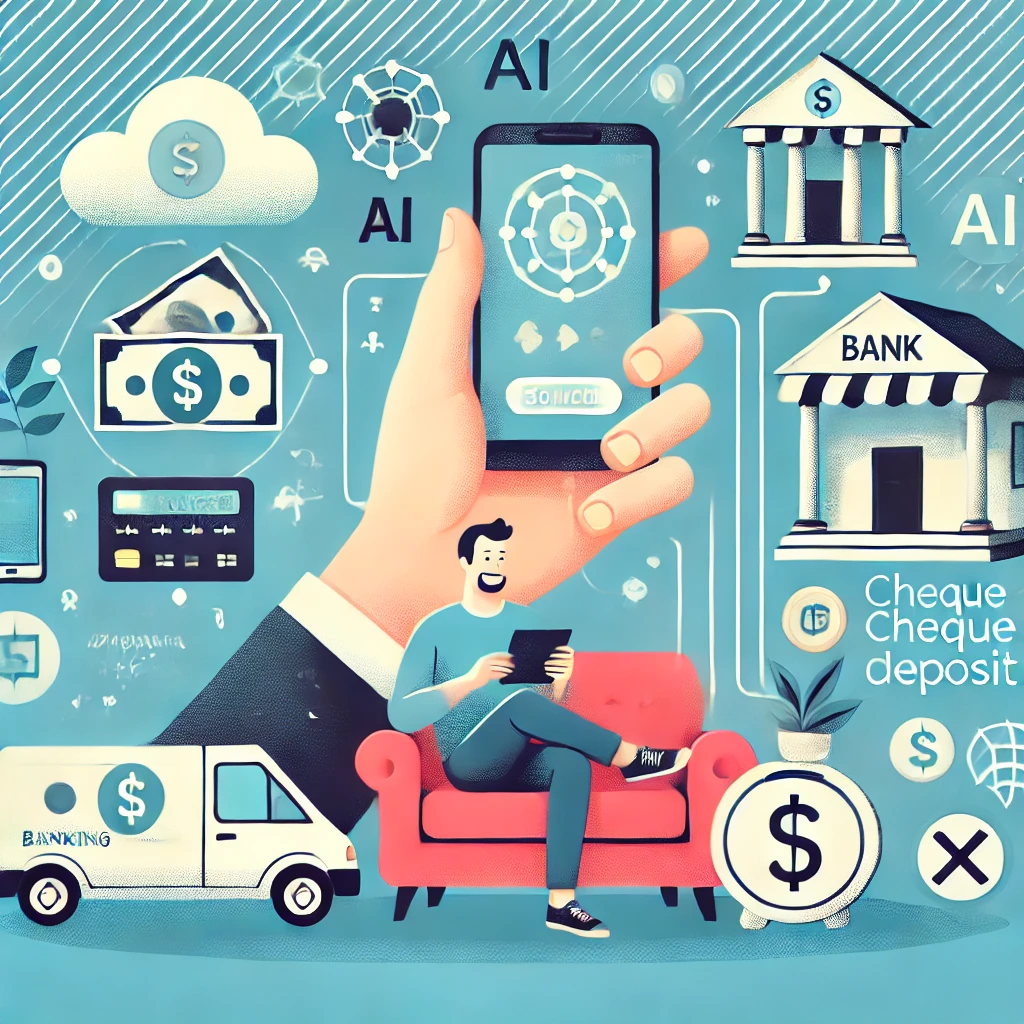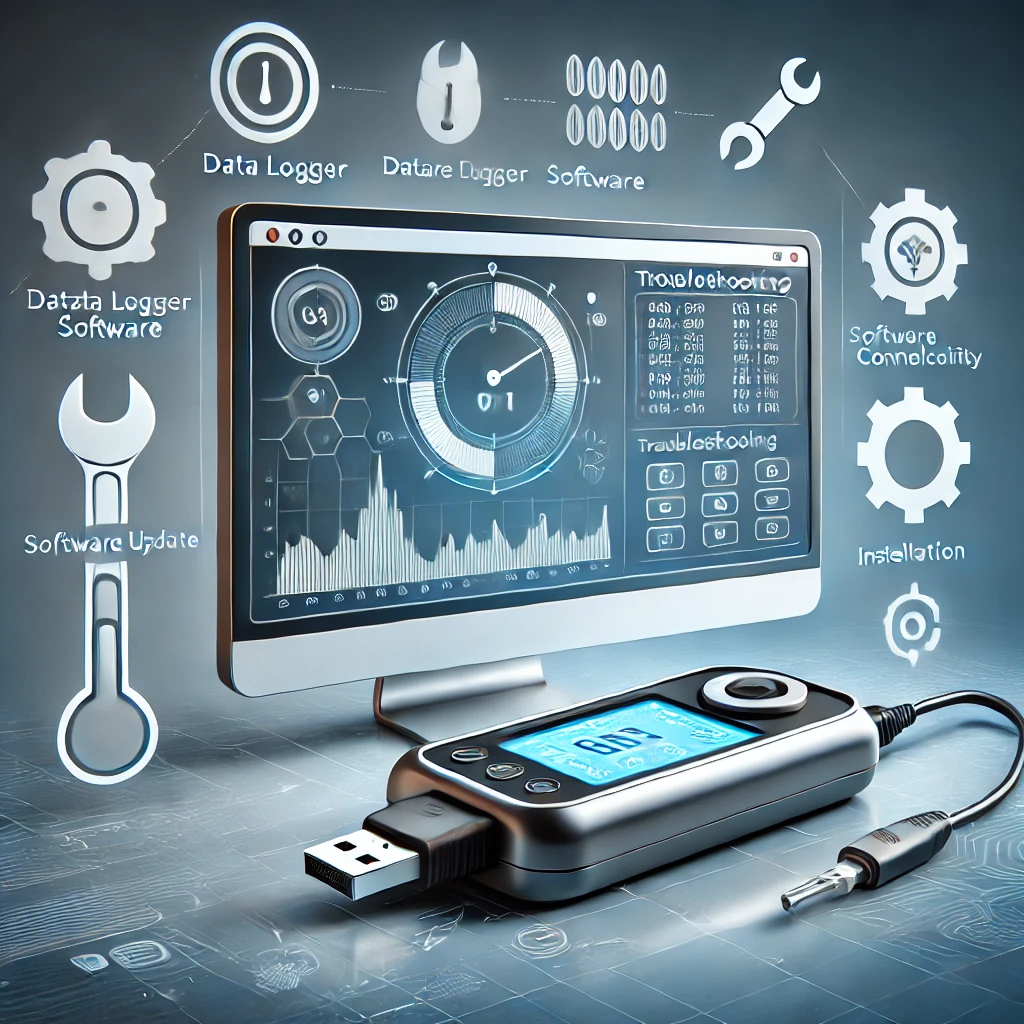Introduction: The Rise of Doorstep Banking
In today’s fast-paced world, convenience is at the core of every service, and banking is no exception. As technology advances, the financial sector is evolving rapidly to meet the needs of customers. One of the most notable transformations is the rise of doorstep banking, a service that allows customers to conduct banking activities from the comfort of their homes or offices. This service is being powered by digital technology, revolutionizing the traditional banking experience and making it more accessible than ever before.
Definition of Doorstep Banking
Doorstep banking refers to a set of banking services provided at the customer’s location, usually at their home or office, eliminating the need to visit a physical branch. These services can include everything from cash deposits and withdrawals to the issuance of demand drafts, account updates, and more. The idea behind doorstep banking is to offer customers a high level of convenience, especially for those who find it difficult to visit a bank due to distance, time constraints, or physical limitations.
How Digital Technology is Transforming Traditional Banking Models
Traditional banking methods often require customers to physically visit bank branches for most of their transactions. With digital technology, banks are moving away from this model by providing a host of online services and features that allow customers to carry out their banking activities digitally, without ever leaving their homes. Mobile apps, artificial intelligence (AI), and cloud computing are some of the key tools enabling this shift, allowing banks to offer seamless, secure, and instant banking solutions.
The integration of digital tools into doorstep banking services means that customers can now perform transactions, track their financial activities, and access various banking services, all from their mobile devices. This transformation is not only making banking more efficient but also more inclusive, bringing financial services to remote areas and underserved populations.
What is Doorstep Banking?
Doorstep banking is a modern banking service designed to cater to the needs of customers who may be unable to physically visit a bank due to various reasons. Whether it’s due to long distances, physical disabilities, or busy schedules, doorstep banking eliminates the need for in-person visits, making banking much more accessible.
These services are typically requested via mobile apps or phone calls, where a bank representative visits the customer’s location to carry out the requested banking tasks. The services available through doorstep banking include cash withdrawals and deposits, cheque pick-up, balance inquiries, and even loan-related services, all of which are done with the help of digital technologies like online banking and mobile applications.
A Quick Overview of Doorstep Banking Services
The range of services offered under doorstep banking is designed to replicate most of the standard banking functions, but with the added benefit of convenience and flexibility. Some of the common services include:
- Cash withdrawals and deposits: Customers can request to have cash delivered or withdrawn right at their doorstep.
- Cheque pickup and delivery: Customers can have their cheques picked up and deposited from their location.
- Account services: This includes things like passbook updates, balance inquiries, and account statements.
- Loan services: For loan processing, documentation, and payment collection, doorstep banking can provide a more personal and convenient solution.
How It Differs from Traditional Banking Methods
Unlike traditional banking, where customers are required to physically visit the bank for transactions, doorstep banking offers a personalized, home-based service. Traditional banking has long been limited by geographical location, operating hours, and the need for customers to be physically present. With digital technology driving doorstep banking, all of these barriers are being broken down. Customers can access banking services 24/7 from almost any location, making it a far more flexible and efficient option.
For example, traditional banking hours usually limit customers to working hours, whereas doorstep banking offers a much more flexible service that adapts to the customer’s schedule. Additionally, while traditional banking often requires long queues and waiting times, doorstep banking offers instant services without the need to travel.
The Role of Digital Technology in Doorstep Banking
Digital technology plays a pivotal role in the transformation of doorstep banking. The tools and platforms integrated into banking operations today are a far cry from the manual, paper-based systems of the past. Let’s take a look at some of the key digital tools that are enabling the growth of doorstep banking.
Mobile Apps
Mobile banking apps are at the forefront of digital banking. Customers can request doorstep banking services, track their transactions, and even communicate with bank representatives via these apps. Mobile technology makes it easy for customers to schedule services and monitor their banking activities from anywhere.
AI (Artificial Intelligence)
AI has transformed how banks manage operations, customer support, and service delivery. Chatbots and virtual assistants powered by AI provide quick and accurate responses to customer queries, schedule appointments, and handle routine requests, which streamlines the process of doorstep banking. AI also helps in fraud detection and security monitoring, ensuring a safe and secure banking experience.
Cloud Computing
Cloud technology allows banks to store vast amounts of data securely, providing customers with instant access to their accounts and other banking services without the need for physical infrastructure. This allows for faster, real-time transactions, making doorstep banking services seamless and efficient.
Integration of Fintech in Banking Operations
The integration of Fintech (financial technology) has been a game-changer in the evolution of doorstep banking. Fintech tools, including digital wallets, peer-to-peer (P2P) payment systems, and blockchain technology, have further streamlined the process of offering banking services remotely. By embracing these innovations, banks can now offer secure, instant, and low-cost financial services, expanding the scope of what doorstep banking can offer.
Benefits of Digital Technology in Doorstep Banking
The integration of digital technology into doorstep banking has brought several key benefits for both customers and banks alike.
Enhanced Convenience and Accessibility for Customers
One of the most obvious benefits is the enhanced convenience for customers. People who are unable to visit a bank physically due to mobility issues, work schedules, or geographical constraints can now access banking services with ease. Whether it’s a senior citizen, a busy professional, or someone living in a remote area, doorstep banking ensures that everyone has equal access to essential banking services.
Reduction in Operational Costs for Banks
For banks, doorstep banking powered by digital technology significantly reduces operational costs. Without the need for physical branches and extensive in-person customer service, banks can streamline their operations and allocate resources more efficiently. This reduction in costs can result in lower fees for customers and better overall service delivery.
Speed and Efficiency of Transactions
Digital technology enables instant transactions. With mobile apps, AI, and cloud computing, customers can process deposits, withdrawals, and other banking services quickly and efficiently. The ability to complete these tasks remotely and instantly is a major advantage for both banks and customers, reducing wait times and improving overall service satisfaction.











Leave a Reply